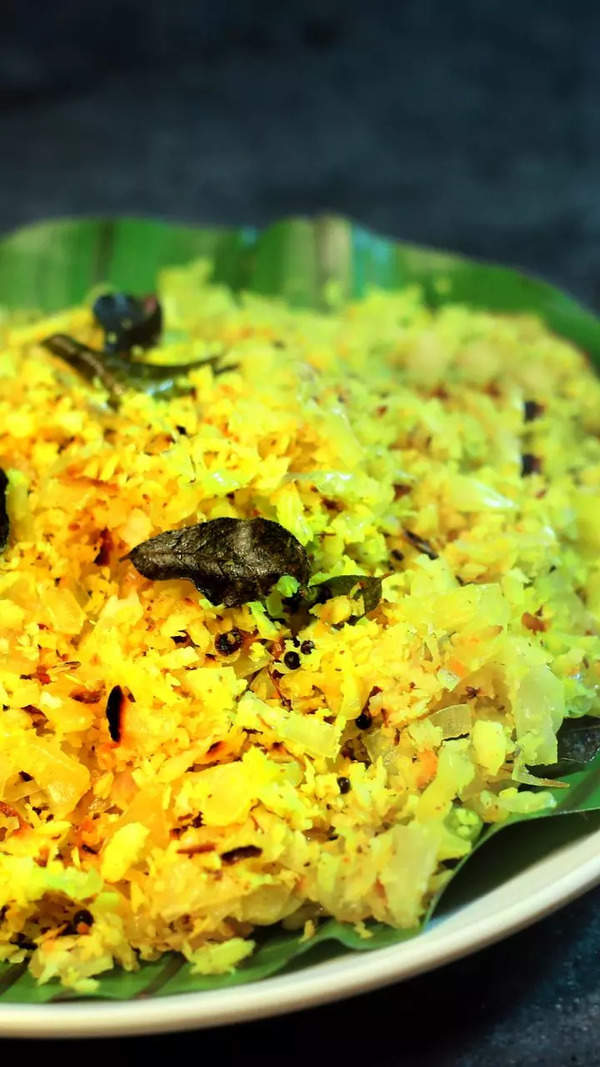- News
- City News
- ranchi News
- Sarhul: Celebrating nature and venerating Sal trees
Trending
Sarhul: Celebrating nature and venerating Sal trees
Ranchi: Bindi, a joyful little girl, fell into the deep and dark netherworld, Pataal, while playing one day. After Bindi vanished, Mother Earth desperately searched for her only daughter but could not find any trace of her. Finally, one of her messengers brought news that her daughter was in the netherworld. Mother Earth prayed to the Lord of Pataal to return Bindi but he refused, saying it would disrupt the cycle of life and death.
Grief-stricken Mother Earth mourned Bindi's death, causing the flowers, trees and plants to wither. The birds also fell silent and the rivers stopped flowing. The Lord of the Pataal realised that if he didn't return Bindi, all forms of life would cease to exist. He relented, but said Bindi would be returned to her mother for only one day. Mother Earth rejoiced and welcomed Bindi, restoring the world's vibrancy. This mother-and-daughter reunion marked the beginning of Sarhul, a festival celebrated by the Munda, Santhal, Ho, and Oraon tribes, who constitute the majority of the communities residing in Jharkhand.
Sarhul has many other legends about its origin. Each one revolves around the worship and veneration of nature, particularly trees, including the sal. This tree has provided the tribals with their necessities like shelter, firewood, and protection for long. According to the tribal tradition, Mother Nature is believed to reside within the sal tree, prompting the worshippers to make offerings at the base of the tree.
The Munda tribe call the festival ‘Sarhul', the Santhal and Ho tribes ‘Baha', and the Oraons call it ‘Khaddi'. The festival is celebrated for three days on Shukla Paksha of the month of Chaitra. The dates, however, differ in different regions and are decided by the village priest, called the ‘Pahan'.
Ranendra Kumar, former director of Dr Ramdayal Munda Tribal Welfare Research Institute, said according to another tribal legend, Sarhul marks the union between the Earth and the Sun, the two vital elements responsible for the fertility of the soil and a good harvest.
"Continuing with this tradition, a symbolic marriage is solemnised between the Pahan and the Pahanain (wife of Pahan) at the Sarna Sthals, the place of worship of the Adivasis. The villagers make a special ‘khichdi' with the offerings and have it together as blessings. Sal tree flowers play an important role in Sarhul rituals as they are offered to forest deities, along with fruits, vermilion, roosters, and ‘hadiya' (traditionally brewed liquor)," Kumar said.
After the worship ceremony, the offerings of the Sal tree flowers are distributed among every village household by the Pahan, where they are kept as a talisman for the family. The female members of the families wash the feet of the Pahan, apply oil, and take blessings for a better year ahead.
During the 70s, the urban tribal population started to detach from their tradition but Adivasi leader Kartik Oraon and music exponent Padma Shri Ramdayal Munda took significant initiatives to reconnect them to their roots. "Kartik Oraon envisioned the tradition of taking out ‘Shobha Yatra' accompanied by traditional musical instruments on Sarhul. Ramdayal Munda took to the streets with the instruments, calling people to take part in the procession. The Yatra is now one of the vibrant processions across the globe," Kumar said.
With time, Sarhul celebrations have undergone significant changes with the young generation grooving to DJ beats and modern music. However, the traditional rituals continue to remain intact.
End of Article
FOLLOW US ON SOCIAL MEDIA










